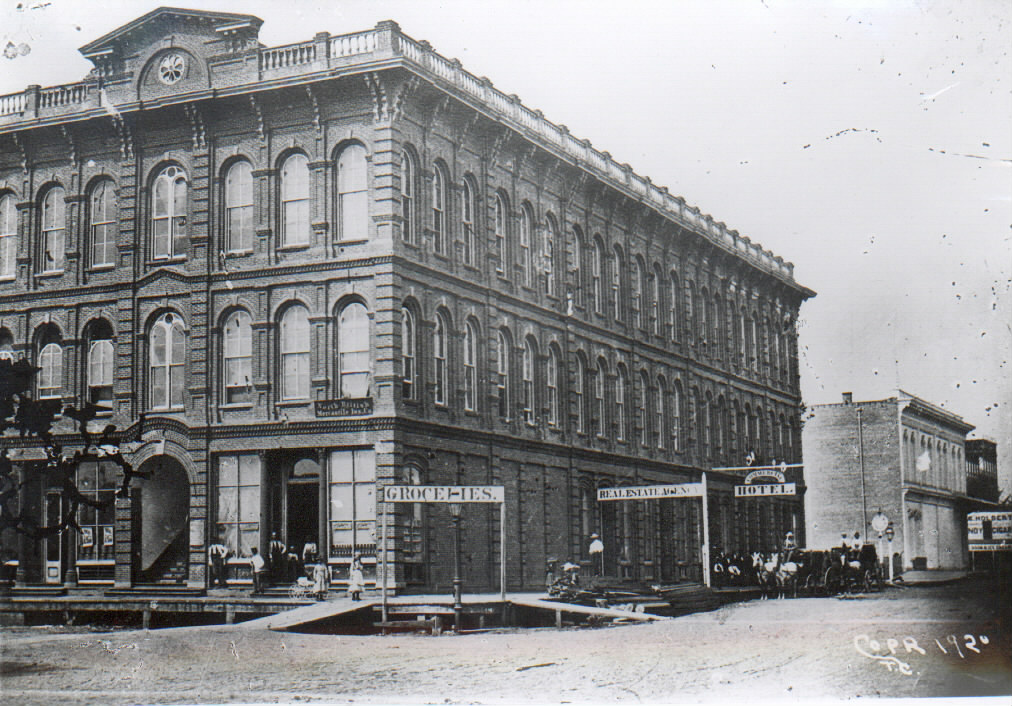
Reed Opera House, David Duniway Collection. Willamette Heritage Center, 1999.013.0200. Note that this is a Cronise print (see mark in lower right corner). It however, appears to be a print taken from an older negative and likely predates the 1920 date inscribed on the front.
This is for Vern. He contacted me last month and asked if I would write about the building he remembers as Miller’s Department store, now better known as the Reed Opera House. Specifically, he wanted to know how it got its name and if it really hosted any operas.
Reed’s Opera House
The first name for the building was “Reed’s Opera House.”[1] It was the brainchild of Colonel Cyrus Adams Reed, a man almost as versatile and with as storied a past as the building that now bears his name. Colonel Reed, as he was popularly known around Salem, was born in New Hampshire in 1825.[2] He was an orphan by age 11, but somehow managed to gain some formal academic schooling and on the job training in wagon making and painting. Then the California Gold Rush hit. The young Reed became a ‘49er off to the gold fields. Once he arrived in California he had a change of heart and quickly caught a steamer to Oregon. [3] He settled first in Portland, becoming one of the first school teachers there, opening a sawmill on the Willamette and helping to found the city’s first library society, although he complained that the history books forgot about his involvement in the latter.[4] By 1852, Colonel Reed had moved to Salem to try farming. From operating a drug and book store, to financing woolen and sash mills to serving in the legislature and painting, Reed made his mark on early Salem.[5] When the Civil War broke out, Reed was appointed as Adjutant-General of Oregon by the Governor.[6] Reed’s leadership of the Republican-led militia in Oregon did not make him very popular with the Southern sympathizing Knights of the Golden Circle, who in addition to discouraging enlistees and drilling in “the manual of arms,” plotted Reed’s assassination.[7] Luckily that never came to pass and Reed lived to try his next venture: an opera house.
Despite his political power and varied talents, Reed was described by one early biographer as “always potentially if not actually, on the verge of bankruptcy. Where he secured the funds to build the Opera House was a mystery that has never been fathomed.”[8] In 1869, Salem had very few public buildings. The Capitol had burned in 1855, and the legislature and other government officials were making due in hired rooms around Salem while without an official building (A new capitol building wasn’t completed until 1876)[9]. Reed saw this as an opportunity and set out to build a state office building. Politics intervened, however, and he changed the plans to an opera house and hotel.[10]
The building was a modern city planner’s ideal multi-use facility. The three story building had seven retail areas on the first floor, two of which were occupied by the Hotel Dining room. The center of the building was the “opera house” portion. It was described by the city directory in 1871 as a “theater or public hall.” The space was a 60×70 foot auditorium with a stage and circular gallery that could seat fifteen hundred people. The remainder of the second story was split into offices and hotel rooms and the third story was a large hall in which the State Supreme Court met and the State Library was housed.[11]
Did it really host operas? I guess that would depend upon your definition of opera. Newspapers over the 30-year run of Reed’s Opera House are peppered with mentions of opera stars, opera companies and operatic performances in addition to heavy doses of plays, speakers, political rallies, masquerade balls, gubernatorial inaugurations, minstrel shows, circus acts and mystic healing performances. [12] In May of 1877, the Reed’s Opera House hosted what was billed as an “operatic concert and Grand Opera” performed by Madame Ilma De Murska, the “Hungarian Nightingale” and “legitimate successor of Jenny Lind.” She performed “grand operatic scenes in costume,” including selections from Donizetti’s Lucia di Lammermoor. Her last performance included all four acts of Verdi’s Il Trovatore.[13] The performance was met with poor attendance, leading one editorialist to comment that “Salem does not appreciate Italian Opera.”[14] In December of 1888, the building played host to “renowned operatic artists T. Wilmot Eckert and Louise Leighton” who, in addition to regular drama, treated audiences paying .50 cents to 1 dollar to productions of two comic operas: The Veiled Songstress by Glover and Pygmalion and Galatea by Gilbert (before Sullivan).[15] In 1899, the Patton Brothers hired the Wakefield-Andrews Opera Company, with a cast of 30 people to perform Flotow’s Martha. [16] The house was nearly full, and the only complaint from the audience was the lack of full orchestra, “the only instrumental music being that of a piano, where, for such an opera, a full orchestra is necessary.”[17]
Purists might see these as less than opera. It appears at least a few people in Salem did. Promoters of a 1909 production announced in a headline: “Salem’s First Grand Opera, Appearance of World-Famous Troupe Marks Era in Salem’s Advancement, ‘Carmen’ The First Standard Opera Given in the Valley.” The article goes on explain that this performance was “the first real Italian opera ever presented in this city.”[18] This “real” opera was performed in the Grand Theater, nine years after the last show at Reed’s Opera House was held on April 20, 1900.[19]

Reed Opera House building as it looked when it was Miller’s Department Store, 1973. WHC Collections 2004.010.0110
Revival
Unlike so many buildings of its vintage, the Reed Opera House stands today, its facade restored to its original grandeur, thanks to the work of many in the community. By the 1960s, the building’s appearance had changed dramatically. A peek through photos of the building in the Willamette Heritage Center’s collections shows that between 1966-1974* at least, windows in the upper stories had been painted over. Then, a 1975 photo shows a marked change. What happened?
A quick search through Salem newspapers in 1975 seems to suggest the answer. In the words of the Oregon Statesman reporter, it got “recycled.”
The article “Reed Opera House has Grand Opening” Oregon Statesman 16 Nov 1975 describes it more fully:
Something old, something new.
The Reed Opera house, Salem’s newest boutique and specialty shop complex, held its grand opening in one of Salem’s oldest buildings Saturday night.
The 15-store, multi-level, $750,000 complex, located on the southwest corner of Liberty and Court streets, was recycled from the original opera house built by Cyrus A. Reed in 1870.
Saturday night’s re-dedication attended by an estimated 400 persons, was highlighted by free champagne and a ribbon-cutting ceremony with Gerald Frank, Sen. Mark O. Hatfield’s administrative assistant, as guest of honor.
Frank praised the remodeling of the 105-year-old Salem landmark as an example of urban renewal by private enterprise. “This shows you don’t need Uncle Sam or government to get things done. Private enterprise properly controlled, can bring about the reconstruction of our city,” he told the crowd.
Developers said the Reed Opera House is not complete. The finished complex is expected to house 100 shops including three restaurants.
While the vision of 100 shops may not have come to fruition, the building stands today very much as it did after the renovations.
*Photographic evidence for window covering
| Year | WHC Photo Number | Covered/Uncovered windows |
| 1966 | X2012.016.0515 | Covered |
| 1967 | 1999.013.0198 | Covered |
| 1972 | X2012.016.1603 | Covered |
| 1973 | 1996.034.0028/2004.010.0110 | Covered |
| 1974 | X2012.016.0087 | Covered |
| 1975 | X2012.016.0645 | Uncovered |
Portions of this article originally appeared in the Statesman Journal Newspaper, Sunday August 4, 2013. It is reproduced below with citations (not found in original) and with additional research added June 16, 2020.
Citations
[1] 1871 Salem City Directory. Page 91. Photocopy accessible at the Willamette Heritage Center, Salem.
[2] Hodgkin, Frank E and J.J. Galvin. “Honorable Cyrus A. Reed.” Pen Pictures of Representative Men of Oregon. 1882, pp121-122; “Cyrus A. Reed is Dead.” Morning Oregonian. 11 July 1910, pg 7.
[3] Hodgkin, Frank E and J.J. Galvin. “Honorable Cyrus A. Reed.” Pen Pictures of Representative Men of Oregon. 1882, pp121-122.
[4] “Cyrus A. Reed is Dead.” Morning Oregonian. 11 July 1910 pg 7. “Mr. Reed’s Anecdotes.” Morning Oregonain 04 December 1900; “Prominent Names linked with Portland School History.” Morning Oregonian. 16 May 1909 pg 50; “Not first school house.” Oregonian. 06 July 1904, pg 5;
[5] Hodgkin, Frank E and J.J. Galvin. “Honorable Cyrus A. Reed.” Pen Pictures of Representative Men of Oregon. 1882, pp121-122.
[6] “The Oregonian During the Civil War.” Oregonian. 06 March 1904;
[7] Moores, Charles B. “Cyrus A Reed—Pioneer.” Oregon Magazine. November 1924.
[8] Moores, Charles B. “Cyrus A Reed—Pioneer.” Oregon Magazine. November 1924, pg 43
[9] Bentson, William Allen. Historic Capitols of Oregon: and Illustrated Chronology. Salem: Oregon Library Foundation, 1983.
[10] In a letter to Phil Settecase from Dr. Robert D. Gregg, found in the David Dunniway subject files, he mentions that Reed entered into a contract with the State Government in 1869 to build a building for state offices. “after a change in state administration an argument developed over the interpretation of the contract, so he changed the building into an Opera House and hotel.” This information seems to come from Frank Hodgkin’s work (Hodgkin, Frank E and J.J. Galvin. “Honorable Cyrus A. Reed.” Pen Pictures of Representative Men of Oregon. 1882, pp121-122.) No other sources were found for this contract.
[11] 1871 Salem City Directory, pg 91.
[12] “Reed’s Opera House” Daily Statesman. 1 May 1877. Advertises the performance of Madame Ilma De Murska, who performed in costume and is described as the “legitimate successor of Jenny Lind.
[13] “New To-Day Reed’s Opera House.” Oregon Statesman. 1 May 1877 pg 2. “New To-Day Reed’s Opera House.” Oregon Statesman. 6 May 1877 pg 2.
[14] “Ilma De Murska’s” Oregon Statesman. 8 May 1877.
[15] “Reed’s Opera House.” Oregon Statesman. 1 December 1886.
[16] “Reed’s Opera House.” Oregon Statesman. 24 May 1899.
[17] “The Opera.” Oregon Statesman. 28 May 1899.
[19] Patton, Edwin Cooke. “Early Theatrical History of Salem.” Marion County History. Salem: Marion County Historical Society, 1976.



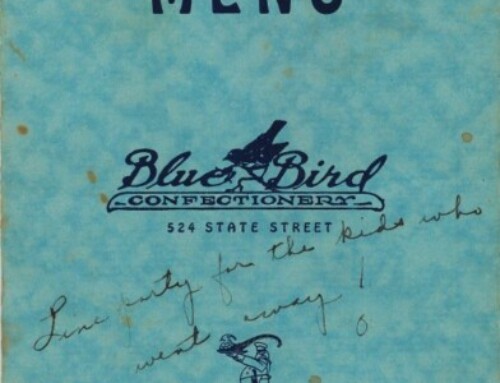
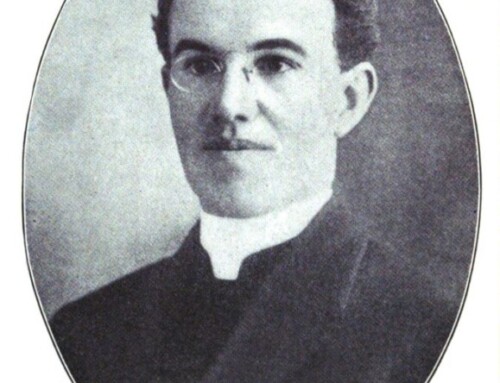
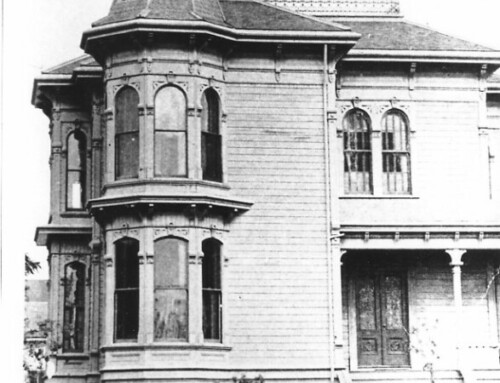
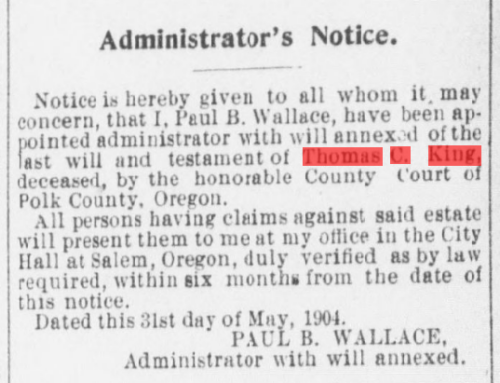
Leave A Comment